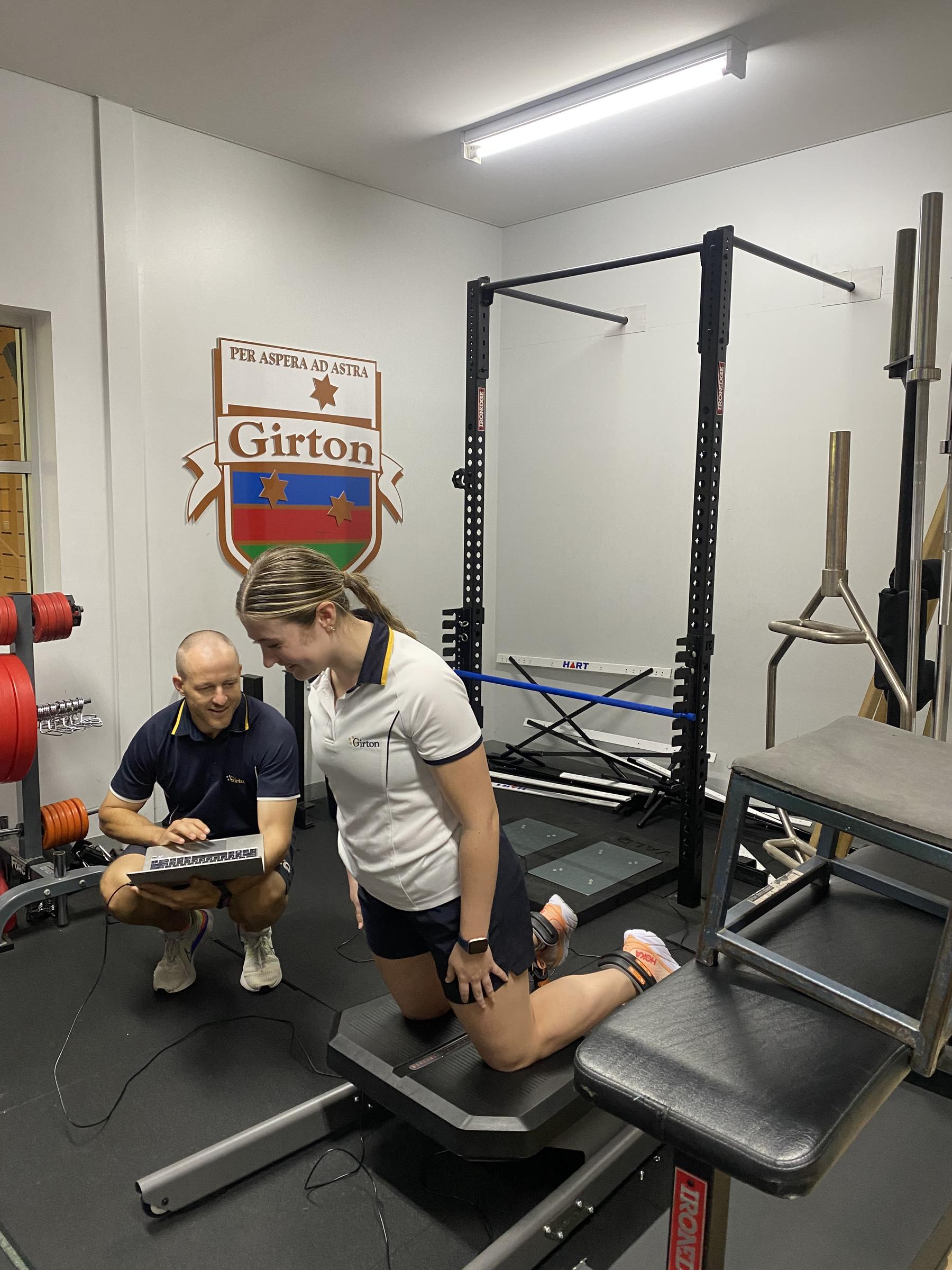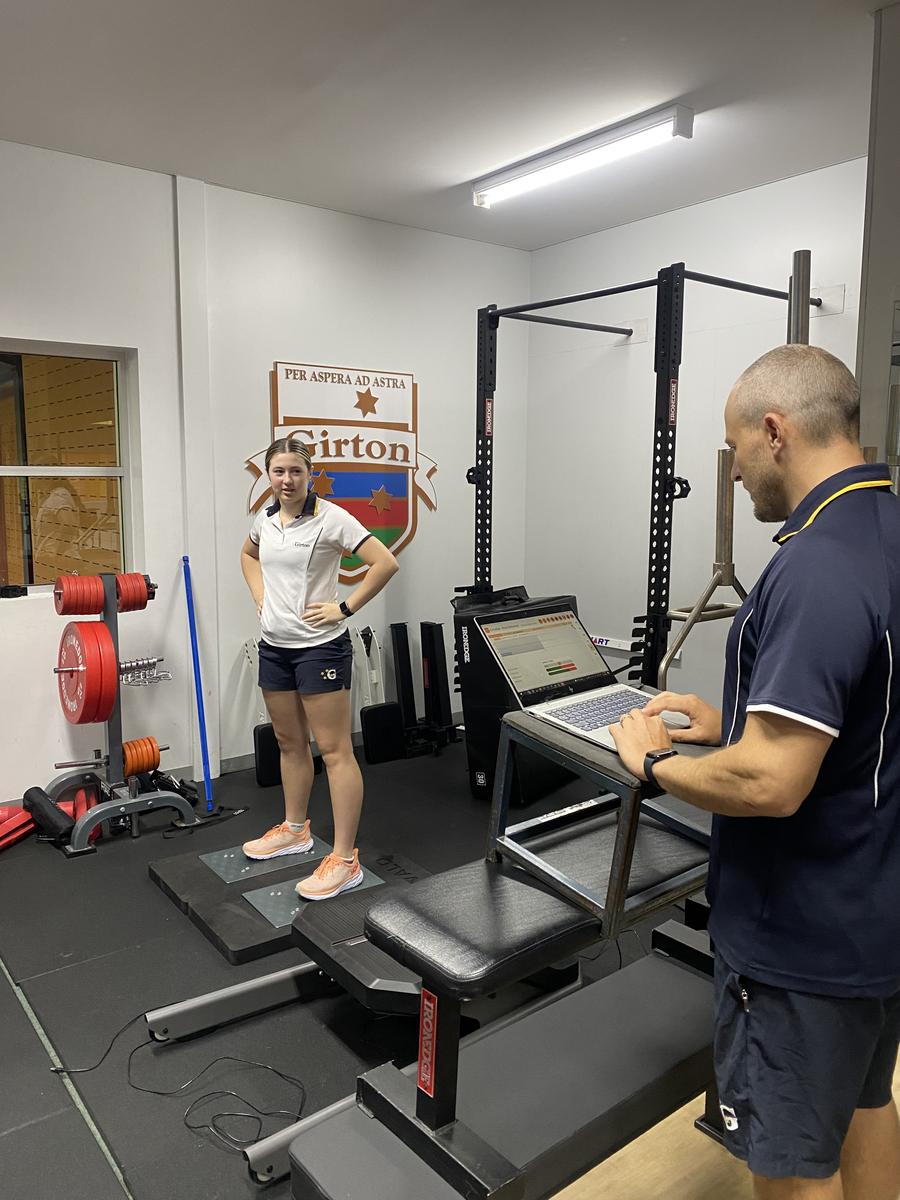Sports Excellence Program

“You can't improve what you don't measure.”
Every athlete deserves to see the fruits of their hard work. That’s why we test our athletes — we want to be able to make it easy for our athletes to see how their hard work is paying off. We test our athletes across the five domains that matter: movement quality, strength, power and speed, fitness, and injury risk.
As the old saying goes: “What doesn’t get measured, doesn’t get improved.”
Through no fault of their own, athletes are rarely provided with the objective feedback on their athleticism that they need in order to improve their sporting potential.
Our programs in the Senior School l help aspirational athletes stand out so they can emerge as champions no matter the sport they play. Measuring their current ability is the first step.
Over the course of this performance testing experience, we help our athletes:
- Pinpoint the weaknesses that are holding them back;
- Identify the blind spots in their performance and discover how to turn them into opportunities;
- Reveal their X-factor and what they’re already doing well.
The comprehensive performance testing we do with all of our athletes helps us to create a game plan that sets athletes up for long-term success. By the end of the testing session, we will know exactly what the athlete needs to become more athletic for their sport.
Here's some of the testing that was recently completed last week using our new VALD performance gear. This is often seen in university-level gyms, and we’re incredibly fortunate to provide this to our students.
Isometric Mid Thigh Pull (IMTP) is an effective, relatable and safe way to test angle-specific maximal strength. The test provides data on peak force, relative force and rate of force development and left to correct asymmetries. The results can then be used in programming to develop athletic qualities, strength, power and tendon stiffness.
The Countermovement Jump (CMJ) measures an athlete's lower body power, the ability to utilise SSC (stretch-shortening cycle) and monitor performance/ readiness.
The Squat Jump (SJ) measures an athlete's explosive power (speed-strength), the ability during slow SSC/ low stretch loads.
Drop Jump Test measures the reactive jump capacity, how they cope with the increase in muscle-tendon stress, and reactive jump height and monitor performance/ readiness in return-to-play situations.
This data will continue to evolve over the course of the year and help us get a better understanding of each athlete's strengths and weaknesses.
If you would like to find out more about the program, don’t hesitate to get in contact with me.
Mr Ben Furphy and the SEP Team




